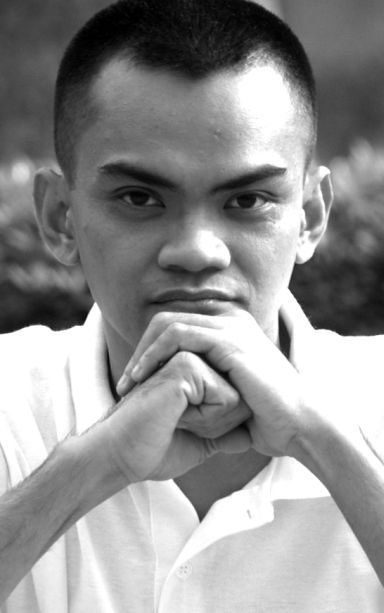
PAREDES
On May 6, 2017, the Philippine art community lost a father. Manuel Rodriguez Sr., considered to be the Father of Contemporary Printmaking in the
Philippines, died in his home in Florida at the age of 105. He was always in the shortlist of nominations for the National Artist award.
It was a loss particularly to Cebu, which was Mang Maning’s (as he was fondly called by fellow artists) birthplace and home until he left when he was still a teenager.
During the American colonial period, he went to Manila to study fine arts at the University of the Philippines, where he would be introduced to printmaking.
The young Cebuano artist was excited at the discovery of this art form, which allowed him to make a limited edition or a series of copies, all “multiple originals” as they were called, out of a single plate.
This democratic character of printmaking enabled him to be more generous with his work, to make them more accessible to ordinary people.
And while most of his classmates were painting in the traditional academic styles, which dominated the School of Fine Arts in UP during those years of American occupation shortly before the second World War, Mang Maning was already more keen on modernism, whose principles and styles he would eagerly apply to printmaking as well as to painting.
After the war, Mang Maning almost single-handedly promoted printmaking by conducting his own workshops, establishing his own well-equipped studios and galleries that showcased his work and those by other printmakers, most of whom looked up to him as mentor.
He founded the Printmakers Association of the Philippines, an active organization of print artists who until today continue Mang Maning’s mission to promote printmaking in the country as a way of enabling ordinary Filipinos a chance to make art or own one.
Printmaking during those postwar years was actually more of a forgotten art. The first artworks that the Spaniards brought to the Philippines were actually fine prints.
As the colonizers began building churches during the late 16th to early 17th century, they saw a need to decorate these structures to help attract the natives into the faith.
Oil paintings were expensive to bring from Europe; but there were always several religious woodblock prints, engravings and etchings that were much cheaper to import for use as “models” for native painters and craftsmen commissioned to decorate the new churches in the archipelago.
In the 18th and 19th century, fine engravings and etchings helped document native culture, as well as local plants and animals in the Philippines mainly for Europeans who were already steeped in scientific curiosity during the Enlightenment period.
But the popularity of oil painting in the 19th to the early 20th century in the Philippines pushed printmaking, particularly engraving and woodcut, to commercial application as techniques of illustration for advertising, newspapers and magazines.
Mang Maning saw the need to revive printmaking as fine art, equal in status to painting or sculpture, and yet also a kind of art for the masses. He found the universal values of modernism actually appropriate to the egalitarian and also experimental nature of printmaking.
As the artist uses a machine (an etching press) to create, it is art that reflects the machine age, or rather a way of giving soul to the machine. Indeed, this paradox of the print medium had a strong impact on the artist.
As Mang Maning went abroad, particularly in New York City, under an international grant, he continued spreading printmaking there, this time for a global audience. His work became increasingly spiritual in meaning and universalist in form, a true modernist.
In fact, New York City Mayor Bill de Blasio recently issued a proclamation officially declaring August 17, 2016 as “Manuel Rodriguez Sr. Day” in recognition of his contributions to art and society.
Of course, Cebu never missed the chance to honor Mang Maning when he returned to Cebu twice when he was already in his late 90s.
The Cebu City Hall awarded him with the prestigious Rajah Humabon Lifetime Achievement Award, and the Capitol honored him as one of the Garbo sa Sugbo awardees. His alma mater, the University of Southern Philippines, also recognized him with an award.
It remains to be seen if the nation will finally honor this Cebuano posthumously as one of the national artists.